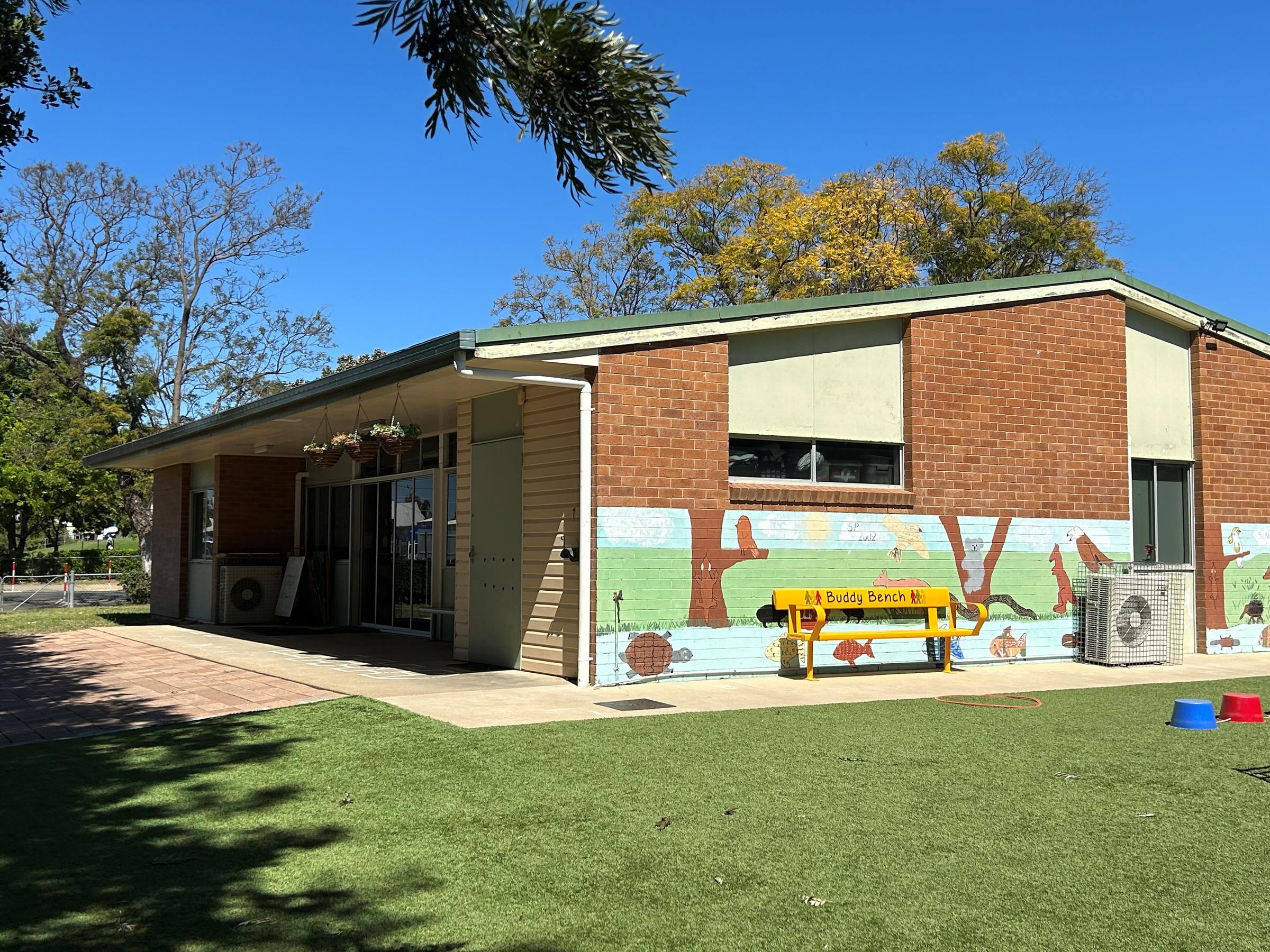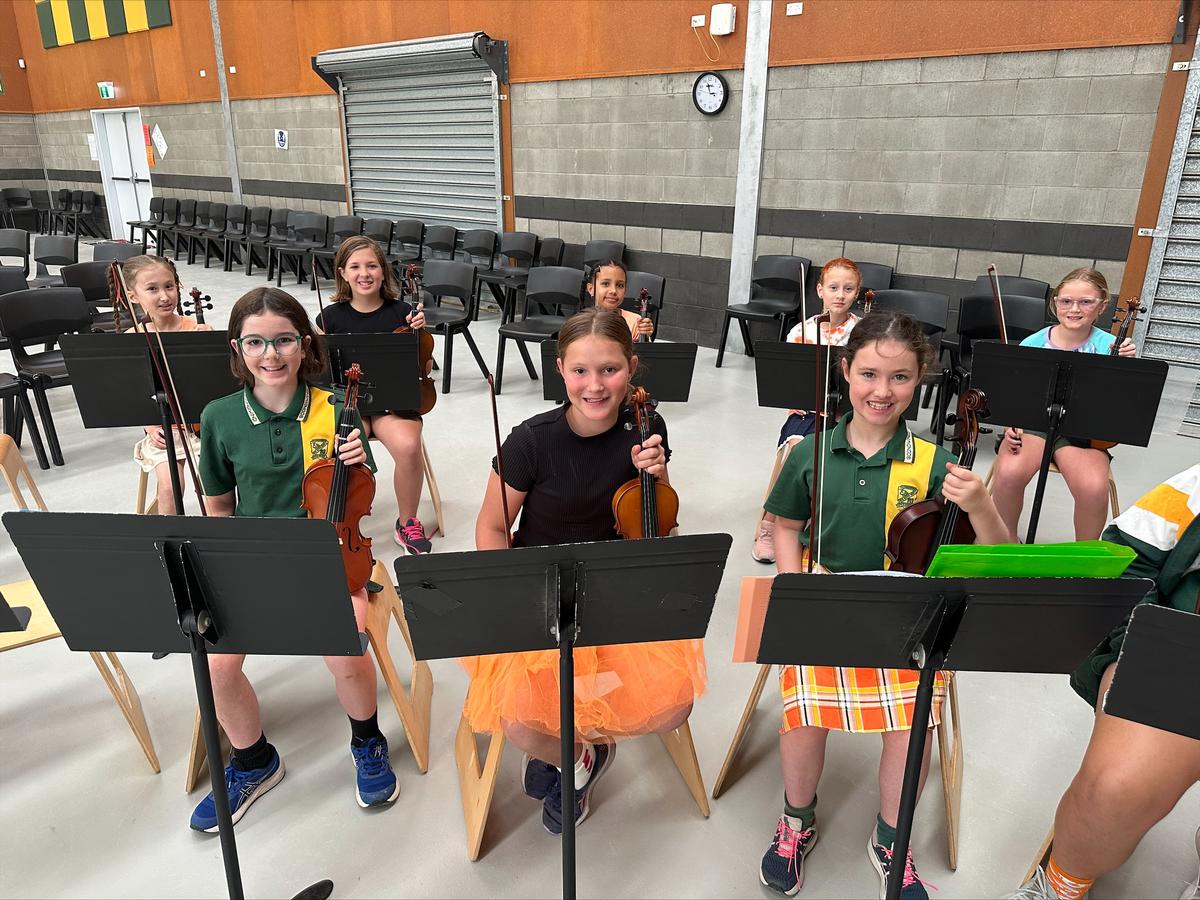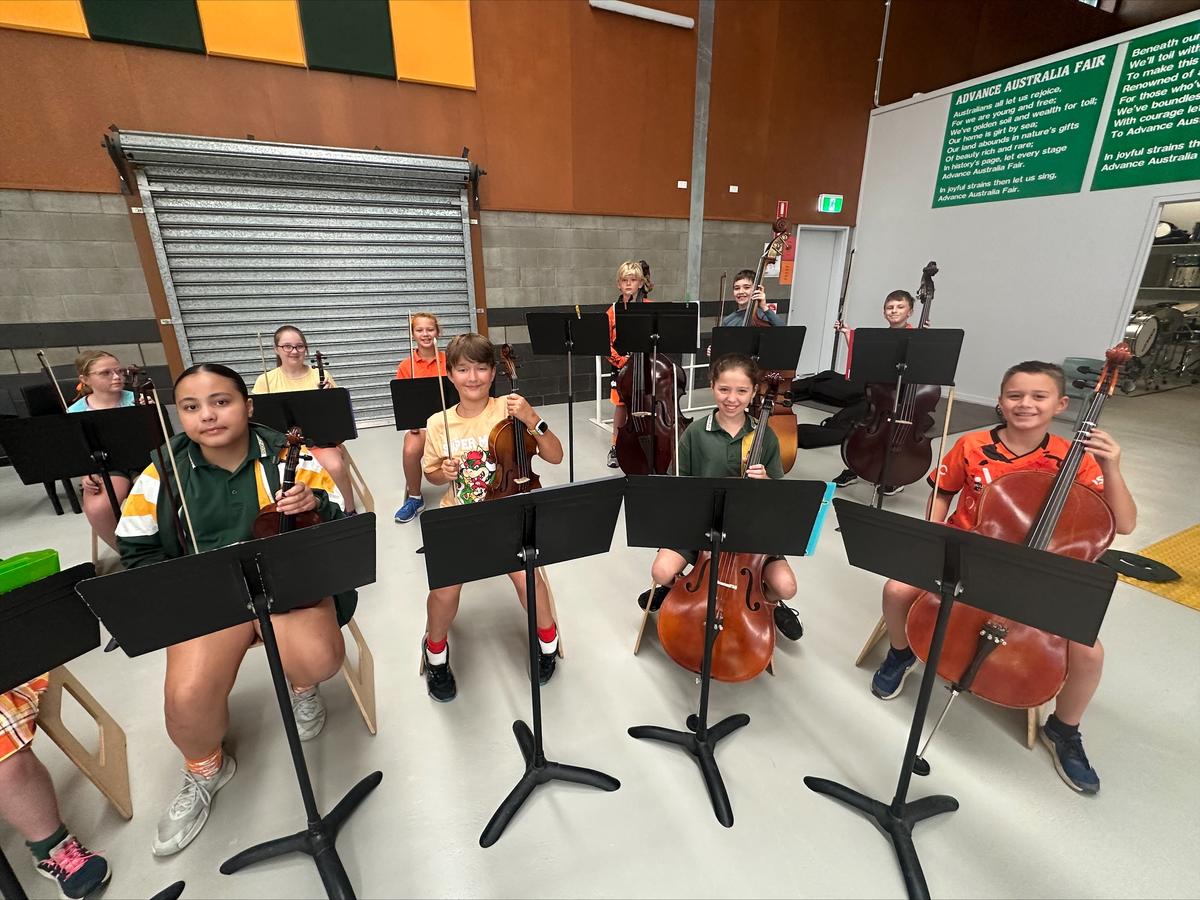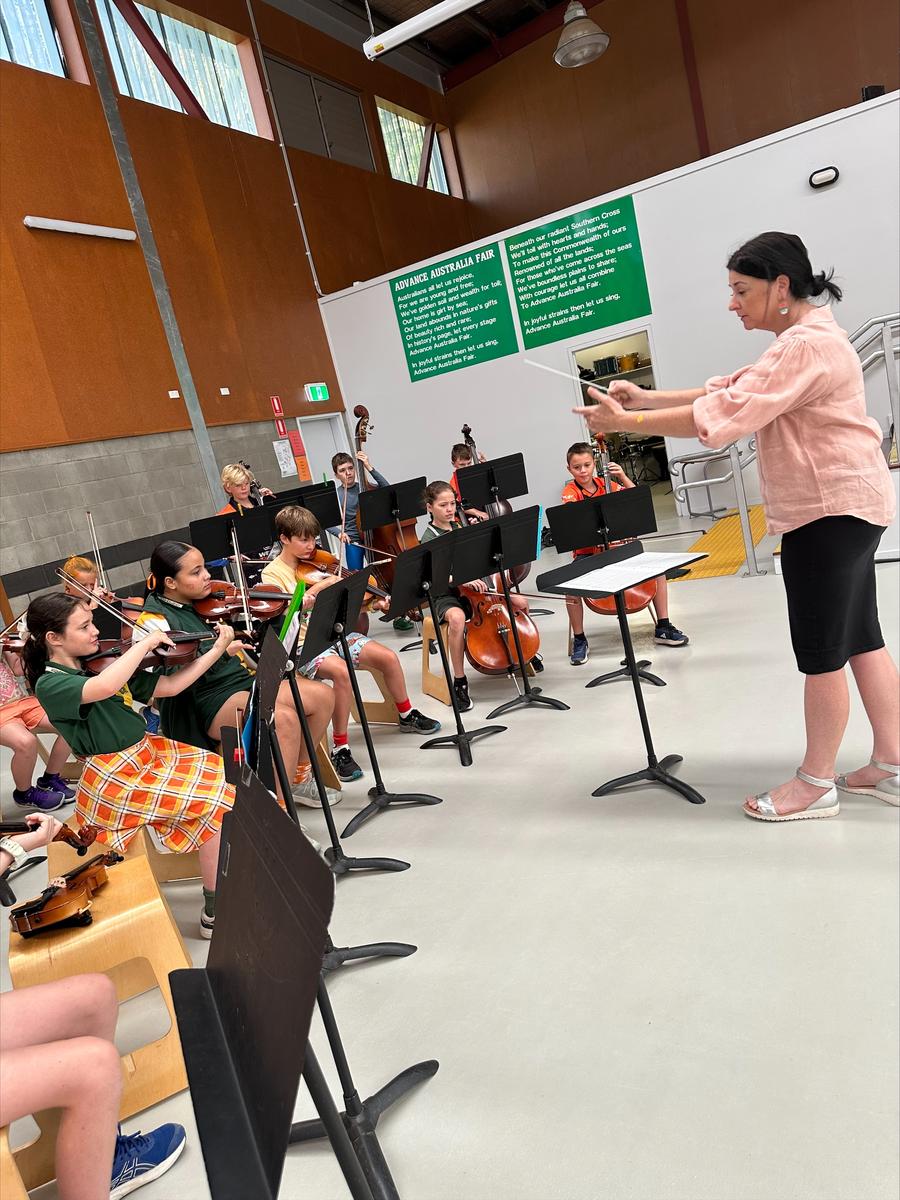Educational Achievement

Reading
The ultimate goal in reading is comprehension- the ability to understand and make sense of what we read. Strong comprehension is crucial for academic success not only in English, but in all subjects. Even when still decoding (learning to read the words), we can still work on our comprehension.
At home, you can support your children in developing comprehension skills. There are some super simple and effective strategies you can work on:
1. Ask Questions Before, During, and After Reading
Encourage your child to think critically about the text by asking them questions. Before reading, ask about the title or cover to predict what the story might be about. During reading, pause to ask them to summarise what they’ve read so far or to explain what they think will happen next. After reading, ask questions like, “What was the main idea?” or “Why did the character act this way?” This keeps your child engaged and helps them process the information they’ve encountered.
2. Encourage Retelling
Once your child has finished a passage or a book, ask them to retell the story in their own words. This helps them to recall key details and understand the sequence of events. It also strengthens their ability to identify the main idea and supporting details, which are essential skills for strong comprehension.
3. Use Visual Aids
Some children are visual learners, so drawing pictures or creating mind maps can help them visualise the relationships between characters, settings, and events. Encourage your child to draw what they imagine from the story or create a "story map" to track key events. This can make complex ideas more accessible and help to keep track of a story.
4. Expand Vocabulary
A broad vocabulary is essential for strong comprehension. Introduce new words from the reading material and discuss their meanings. The more words a child knows, the easier it becomes for them to understand the text.
Regularly practising comprehension at home will help your child develop stronger reading skills that will benefit them throughout their schooling and beyond. With your support at home, your child will be better equipped to understand and engage with all kinds of reading materials.
Happy reading! 📚
Music
Instrumental Music
Classroom Music
In Years 2 & 3, we are developing our understanding of how to represent the rhythm in songs more formally with written notation. This goes along with recognising pitch and labelling some of the pitches heard using a system called Solfege. If you've heard the song "Do Re Mi" from the movie, "The Sound of Music", you already know some solfege. We then look at writing these sounds on a musical staff. We also start looking at other musical elements such as dynamics and form during the year.
Engaging in music offers numerous benefits for brain health and overall well-being. Here's how:
Music training promotes neuroplasticity
Learning to play an instrument or engaging in musical activities enhances the brain's ability to adapt and reorganize itself, known as neuroplasticity. This leads to improved learning and memory capabilities.
Music training improves cognitive abilities
Regular musical practice sharpens attention, planning, and problem-solving skills. These cognitive enhancements can positively impact various aspects of life, from academic performance to daily decision-making.
Music training is beneficial for overall health
Beyond cognitive benefits, music participation can reduce stress, enhance mood, and strengthen social connections, contributing to better mental and emotional health.
News from the Library
All library books need to be returned this week. There will be no borrowing in W10.
Our Readers Cup Challenge students have received their books and are encouraged to be reading them over the holidays.







